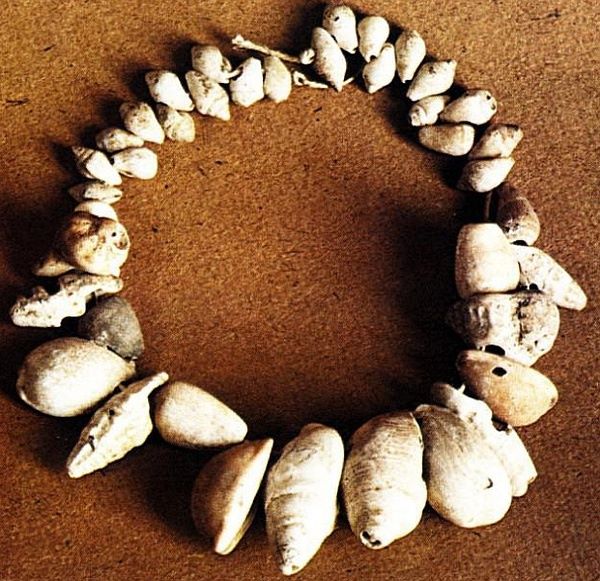In our daily lives, gemstones and jewelry are commonly encountered accessories. Early jewelry, however, was not only crafted with rudimentary techniques but also considered extremely precious, not accessible to everyone. The history of jewelry dates back to the recorded history of humanity, and the emergence of jewelry predates documented history.
Initially, jewelry served as an amulet, protecting the wearer from threats or symbolizing one's identity. Of course, early jewelry did not possess the refined appearance and intricate craftsmanship we associate with it today. By contemporary standards, early jewelry appears crude, a result of the limitations imposed by the craftsmanship and tools of that time. How did jewelry evolve from rough to meticulously crafted?
The ancient human craft of manufacturing stone tools transitioned from the shaping process to grinding over millions of years. It wasn't until about 18,000 years ago that humans developed the technique of grinding stone tools, marking the beginning of the Neolithic era. The earliest adornments worn by ancient humans were made from bone remnants of hunted animals, pierced and strung together. The technology of perforating animal bones predated the Neolithic era by a considerable span of time.

In distant civilizations, people buried the deceased in the most beautiful clothes and jewelry. They hoped that the departed would continue to enjoy a prosperous life or have the chance for rebirth in another world. The true emergence of jewelry can be traced back to prehistoric times when humans adorned themselves with shells, bones, wood, pebbles, animal skins, and feathers as decorative accessories, a tradition that persisted for thousands of years.
However, when humans developed a sense of aesthetic appreciation and started using accessories (jewelry) to adorn their appearance, an enduring connection with jewelry was established. The mastery of metalworking techniques marked a crucial phase in the development of jewelry art. With the ability to process metals, jewelry production transitioned from basic craftsmanship to intricate workmanship.
Today, jewelry is more than just do-it-yourself accessories; it has become a commodity traded globally. Various forms, such as 925 silver, 18k gold, copper, stainless steel, and other materials, dominate the market, reflecting the evolution of jewelry from its early origins to a thriving industry.
VVV Jewelry offers various of 925 Silver jewelry, You can always find one for your best love.
